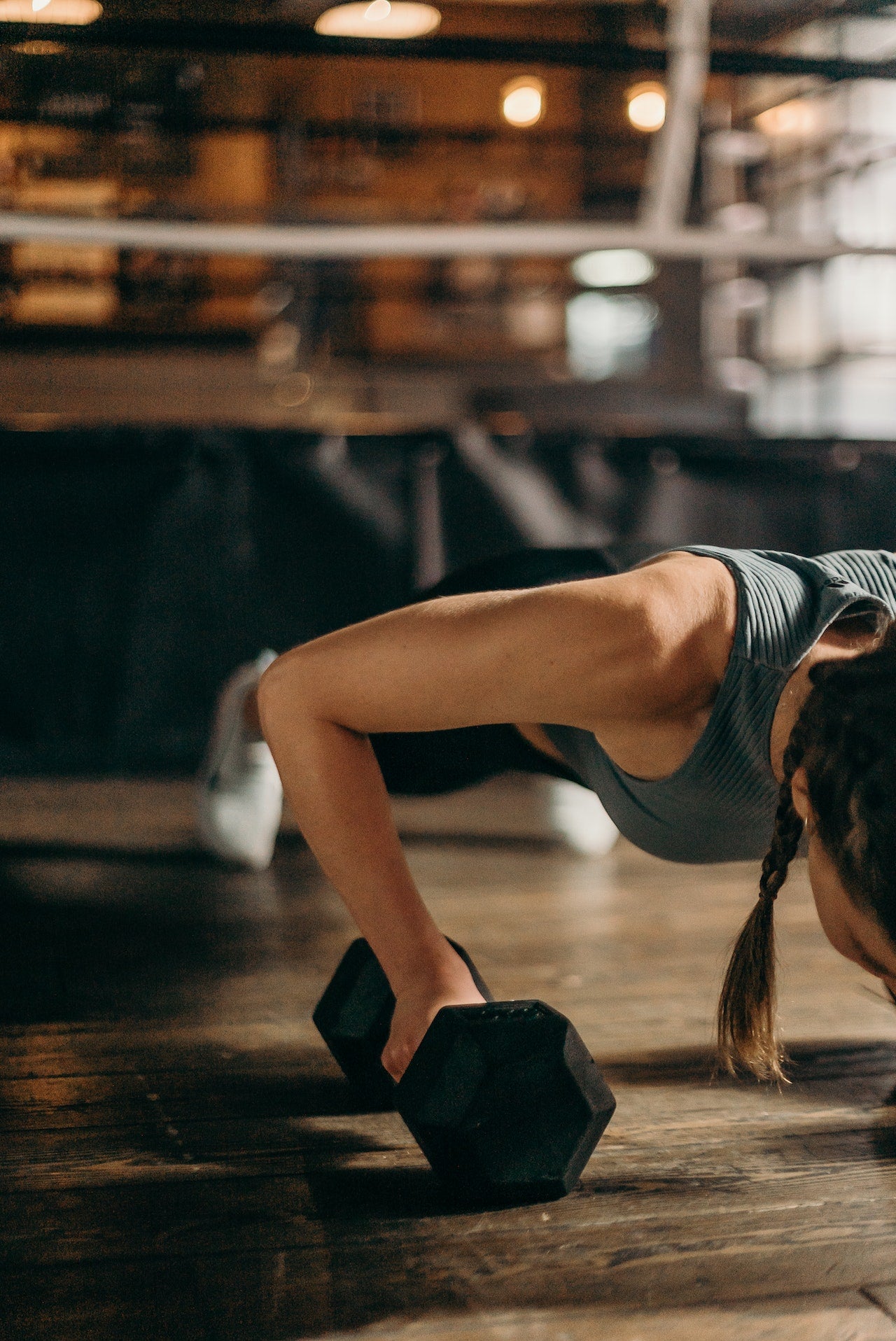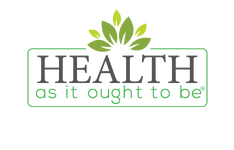
How to Exercise to Maximize Afterburn (and lose more weight faster)
It’s no secret that working out or exercising is a pathway to better health.
Placing your body under physiological stress has a long list of benefits. From increasing your cardiovascular health, improving brain function, and enhancing immune system response I can think of very few other activities that could lead you to becoming a healthier person.
This is why I spend so much time writing articles about physical fitness.
It’s not because I’m a one-trick pony (you can see I write on a long list of other subjects), instead it’s because the merits of an active lifestyle are incredibly obvious.
Perhaps one of the main ways that exercise helps to produce a more enjoyable lifestyle is through weight management.
Being overweight is a surefire way to experience a subpar quality of life.
And that’s why I wanted to talk about exercise and the “afterburn effect.”
The “afterburn effect” is a secondary response to exercising in a certain way (or I should say, in certain ways).
One of the most interesting aspects of the afterburn effect is how it will produce further fat-burning past the original exercise routine.
Let me show you how the afterburn effect works and what kinds of exercise will produce this desirable outcome.
The Afterburn Effect Explained
The afterburn effect is not a scientific term, but a lay term meant to describe how a variety of exercise modalities will stimulate your body to speed up your metabolism, which will result in burning more calories - specifically fat calories.
Technically the afterburn effect is called “excess post-exercise oxygen consumption,” or EPOC.
There is quite a bit of evidence to show that the qualities of certain kinds of exercise can enhance the EPOC/afterburn effect.
A study published in the Journal of Exercise Science found that the afterburn effect is associated with an elevation in metabolism due to the thermic effect of activity.
Meaning your body “heats up” owing to intense exercise and will burn calories to self-regulate your temperature.
How much “extra” you burn is not precisely known.
However, experts on the subject believe this can lead to a 10 percent increase in calorie expenditure for the day following just 20 minutes of high-intensity exercise.
In other words, if you're an active woman who normally burns 2,000 calories a day, using afterburn-styled exercise in your workout routine could potentially increase your daily calorie expenditure to 2,200.
What Kind of Exercises Produce the Afterburn?
Now, I wish I could say all exercise will help you hit high levels of afterburn, but it’s not the case.
If you want to get into this peak phase of calorie burning you have to rely on high-intensity exercise.
Generally, the more intense the exercise, the greater the afterburn effect will be. You can think of your body as a fire and if you were to let your fire slowly burn by throwing in a few twigs every few minutes the fire won’t get all that big.
If you throw in a fat stack of logs then you will get a greater (and longer) burn.
To use an exercise example, a 20-minute workout involving 30-second sprints (or other forms of intense activity) with 90-second rest periods in between will have a higher afterburn effect than a 30-minute steady-state workout like jogging.
Practically speaking you’re actually working out less overall but the output is higher and so the caloric burn is greater too.
It's difficult to estimate how many more calories the afterburn effect will burn, as it varies from person to person based on factors like fitness level, gender, age, training duration, and intensity.
And, you don’t have to rely on workouts like jogging to get the effect.
Exercises like HIIT, Crossfit, or even heavy weightlifting can help you activate the afterburn effect.
Heavy weightlifting may be one of the best forms of exercise for helping to control weight and reshape your body.
If you’re not sure if weightlifting is for you because of health conditions please consult your healthcare provider to see if you can/should lift heavy weights.
However, from a purely scientific standpoint lifting weights is superior to most other forms of exercise because as you build muscle and promote the creation of lean mass your body is going to burn tons (a not so scientific term) of additional calories.
As Jillian Levy CHHC says
“Other aspects [of lifting heavy producing afterburn] have to do with body’s production of lactic acid and the process of hypertrophy, or the building of muscle mass.
Think of it this way: If you’re wearing your muscles out and producing higher levels of lactic acid (the chemical reaction that is responsible for the “burn” you feel when your muscles are fatigued), then you’re causing damage to muscle tissue at the microscopic level that needs to be repaired. This takes energy because it involves the body breaking down amino acids (proteins) in muscles and then rebuilding them.”
These kinds of findings support why so much research into anti-aging and physical fitness continues to show the stronger you are, the longer you will live.
Not counting the fact that you will be walking around at a healthier body weight.
I won’t be all that prescriptive in exercise recommendations (no more than I was above) but simply want to remind you that to get the afterburn effect you have to work HARD.
HIIT, Crossfit, heavy weightlifting with periodic breaks, and all kinds of sprints will help you get the results you want to see.
Please respond to this email if you’d like me to write more articles about afterburn and the benefits of these kinds of exercise regimens.



